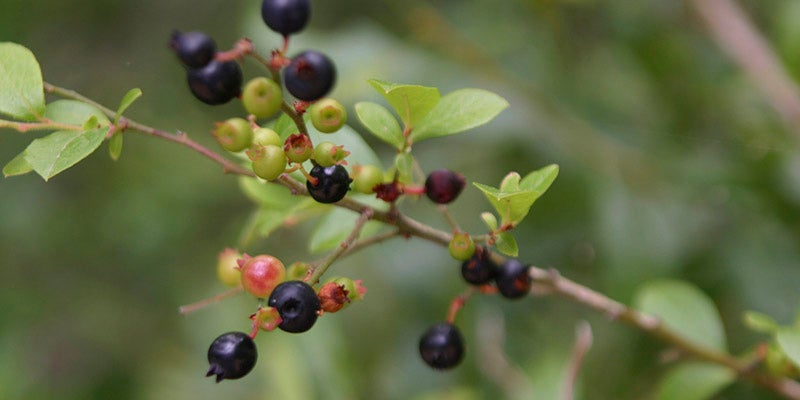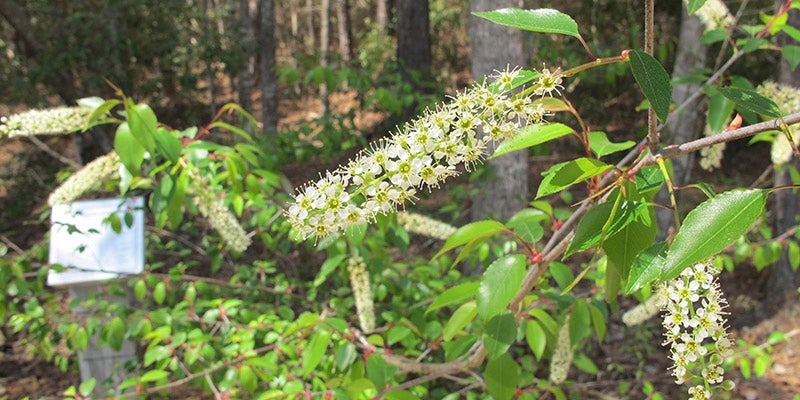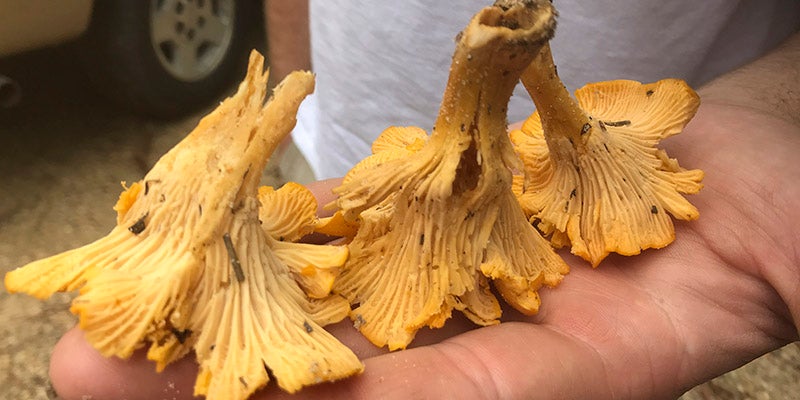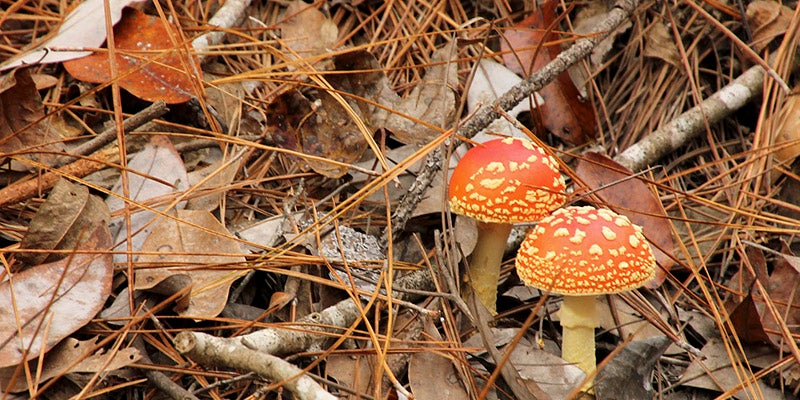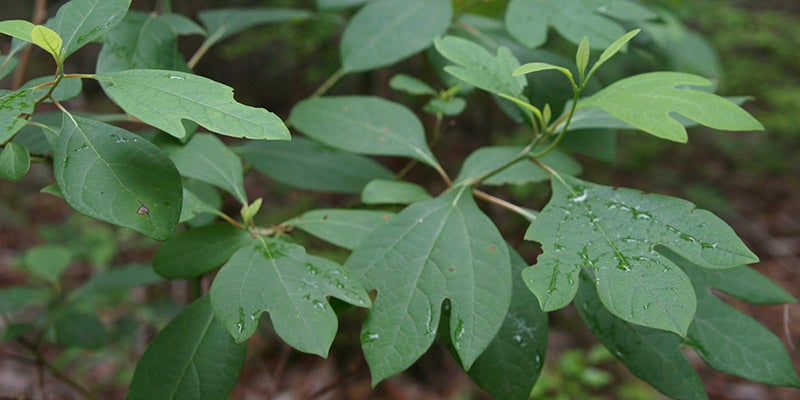Exploring Mississippi’s wild edible plants
Published 7:00 am Wednesday, July 8, 2020
By Patricia Drackett
Director of the Crosby Arboretum
The subject of edible wild plants is a popular subject with Arboretum visitors, and interest in “foraging” for wild foods appears to be a steadily increasing trend. In addition to the obvious species such as wild blueberries, persimmons, and mayhaws, many plants considered “weeds” can also be consumed either raw, for example by incorporating the leaves into salads, or by cooking.
Wild-collected plants are often quite nutritious and can contain high amounts of vitamins and minerals. In my college botany classes, classmates would often share notes on the latest odd botanical meal they had prepared, such as frying daylily flowers, or garnishing a salad with violets and nasturtiums.
Back home in Tennessee, it wasn’t unusual to pass a group with paper bags gathering pokeberry leaves for “poke salad” by the roadsides. Methods for collecting and preparing this plant, as with other edible species, was a tradition that was passed down to family members. However, today’s budding foragers may not know that pokeweed can be quite poisonous if eaten raw, and a handful of berries could prove to be fatal. When a practice is handed down through generations, so are the cautions.
With today’s renewed interested in wild edibles, it is vital to make a positive identification of a plant before consuming it, in addition to the proper ways to prepare it. Some plants are more easily identified than others. Sassafras, for example, has a long history of being used to flavor Cajun gumbo and stews. Rhus copallinum, winged sumac, has fruit that is eaten by many wildlife species, and the juice from sumac fruits can also be used to prepare a lemonade-like beverage.
A few years ago, a visitor to the Arboretum from Russia remarked that in her country they eat a species of pink meadow beauty leaves in their salads that looked very much like the ones she observed in the Arboretum’s pitcher plant bog.
Only a few years prior to this, biology teacher Dr. Juan Mata from the University of South Alabama, who leads the Arboretum mushroom field walks, related a story of being called to the hospital to determine the type of fungi that had poisoned several European visitors to the U.S. It was discovered they had a consumed a mushroom the visitors were certain was edible because it looked like a species of edible mushroom they were familiar with. It was not, and they certainly learned this the hard way!
The fruit of Prunus serotina, black cherry, is consumed by many birds and other wildlife, and is used traditionally to make pies, jams, jellies, and wine, its poisonous compounds (cyanide-like glycosides) become concentrated in the leaves, seeds, and bark, especially during the fall, and can poison and cause the death of livestock animals.
Consider the challenging life facing early settlers. Having the knowledge of plants that could provide food or nutrients would be vitally important to a family’s ability to survive in lean times. Today, searching out these same plants can be an educational and entertaining quest for those who enjoy learning about them, and would like to add to their knowledge of “useful” plants.
I admire those with the interest and patience to pursue a passion for foraging. Personally, I’d rather have a friend interested in the subject who would invite me over regularly for well-seasoned and pre-tested meals than to pursue finding the ingredients on my own. Ideally, that friend would be a field botany professor! This way, I’d be reasonably sure I wouldn’t be making any midnight trips to the emergency room.
My exploration of edible plants is limited to those obvious fruits and berries that beckon for immediate field consumption, such as tasty muscadines, blueberries, blackberries and dewberries, or those that need a little sugar and cooking, like mayhaws, crabapples, and persimmons.
Many excellent books on foraging are available, but always keep in mind the need for a positive identification before consuming a wild plant. Even highly knowledgeable individuals can make an error now and then. A case in point is a professor who once collected a specimen at the Arboretum’s Hillside Bog Natural Area that he believed to be a water hickory (Carya aquatic) but realized too late that he had just snipped off a branch of poison sumac (Toxicodendron vernix). So, take heed from these cautionary tales! Practice caution and don’t ingest a plant without knowing its identity.
For information on the Arboretum visit www.crosbyarboretum.msstate.edu<http://www.crosbyarboretum.msstate.edu> or see our Facebook page. The garden is open Wednesday through Sunday from 9 a.m. to 5 p.m. and located in Picayune, off I-59, Exit 4, at 370 Ridge Road.


